
The 10 Worst Epidemics in History
An epidemic is when an infectious disease spreads more rapidly than expected in a geographical location. They normally occur when the cause of the disease, be it a virus or bacteria, grows stronger, finds its way to a new location, or discovers a new way to enter the bodies of hosts. Generally, scientists are able to contain many epidemics, though some can become pandemics, which are widespread, affecting most of the world's population.
Throughout history, some of the greatest losses and difficulties have come from epidemics. While rapidly spreading diseases still pose a threat to humanity, they no longer have the same impact they once did. Learn about the top ten worst epidemics in history and how they impacted civilizations and societies at the time.
The Black Death
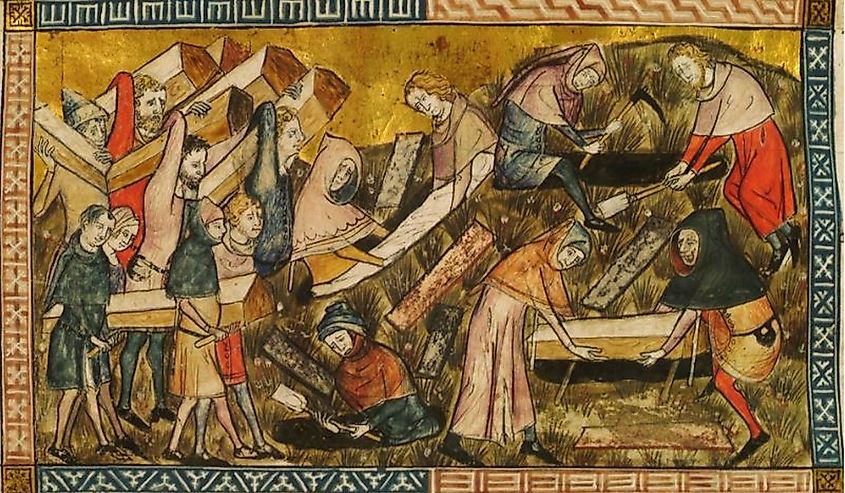
The Black Death began from the bacterium Yersinia pestis, brought from Asia to Europe in 1347 by rats who made it across the sea on ships from Genoa. The term Black Death includes three forms: the bubonic plague, which affected the lymph nodes, the pneumonic plague of the lungs, and the septicemic plague, which attacked the lungs.
The Black Death remained an epidemic until 1351, having killed off 40% of Europe's population. Afterward, it became a pandemic, returning every few years. While the Church and 13th-century medicine were unable to find a cure, experimentation, and practical pharmacology came into play, leading to new medical books and technology. The disease eventually fizzled out, ending because of the implementation of quarantines, though it left many changes in its wake.
The 1916 Polio Epidemic
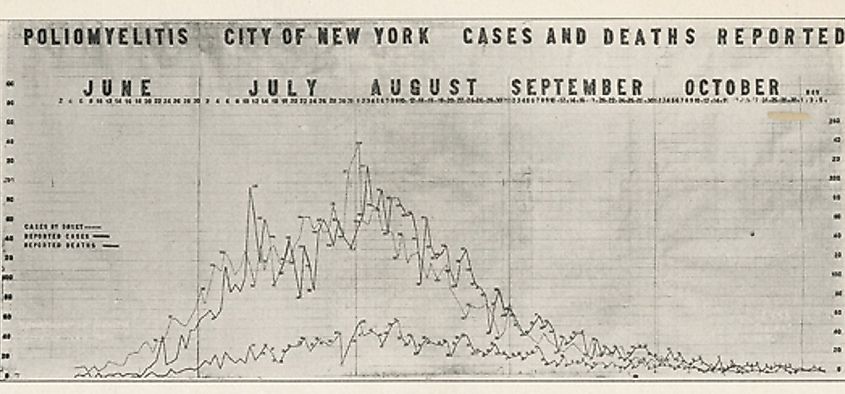
The United States experienced its first Polio Epidemic in 1916, suffering over 6,000 deaths and leaving 27,000 people paralyzed. The disease was first found in Pigtown, a densely populated neighborhood in Brooklyn, New York. It spread quickly and panic ensued as businesses closed their doors and police guarded train stations and roads.
The epidemic lasted from June through October with 80% of the fatalities in New York being children under five years of age. The intestinal infection, which spreads by contact with fecal waste, destroys the motor neurons in the nervous system, causing paralysis and death. The Polio vaccine became available on April 13, 1955.
The Plague of Athens
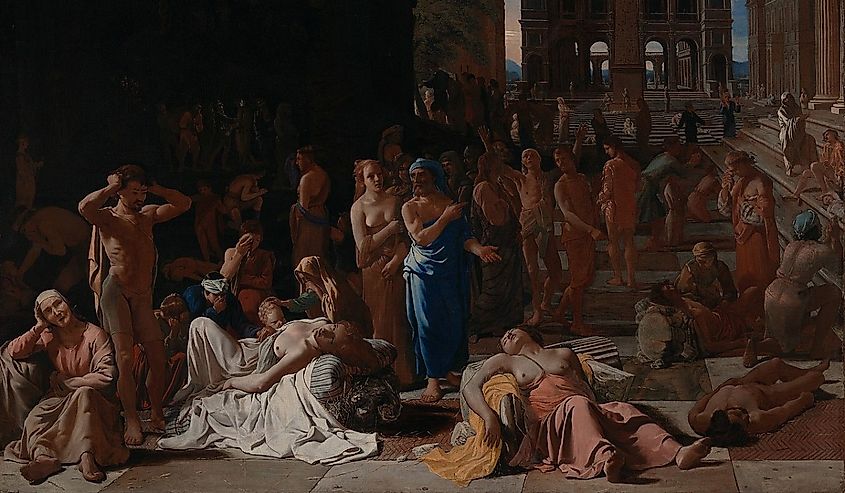
Though it began in Ethiopia, the Plague of Athens spread by ship to Athens during the Peloponnesian War in 430 BC. Since much of the population was inside the city walls, the disease spread rapidly, infecting around 75,000 to 100,000 people, and killing 25% of the population over the next three years.
Thucydides, an Athenian general and historian, left an account of the symptoms, social issues, and overall effects of the disease. This intention was to help future generations identify and understand the symptoms to prevent another outbreak. Despite this, it is still unclear what plagued Athens in those years.
India's Smallpox Epidemic
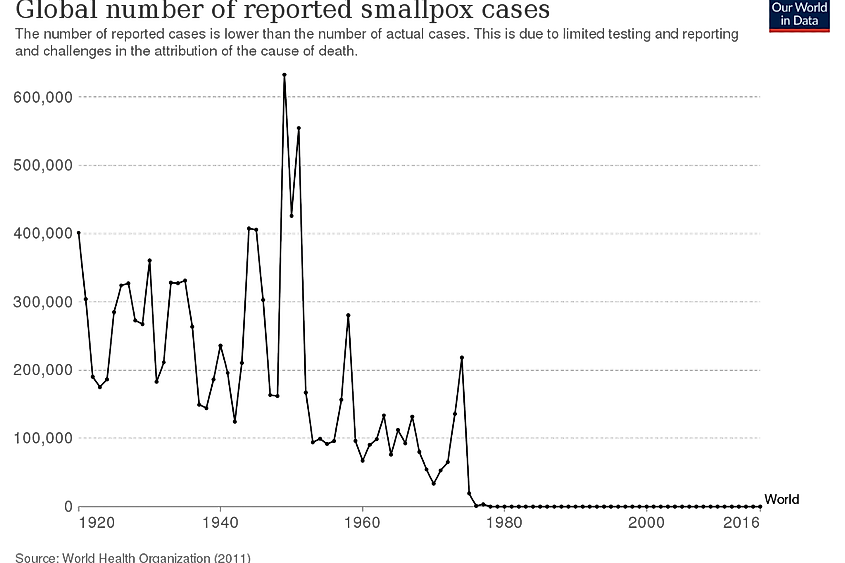
Smallpox is one of the most lethal diseases to face humanity, resulting in millions of deaths before eradication in 1980. Though it has a 30% fatality rate, the disease was effectively defeated with social isolation and vaccination.
India accounted for 60% of the world's smallpox cases from the 1960s through the 70s. The population of 609 million people made it difficult to provide mass vaccinations, meaning smallpox still persisted despite mass immunization campaigns. Ensuring that everyone received vaccinations was the most important thing and the disease was eventually eradicated in the 80s.
Cocoliztli Epidemic
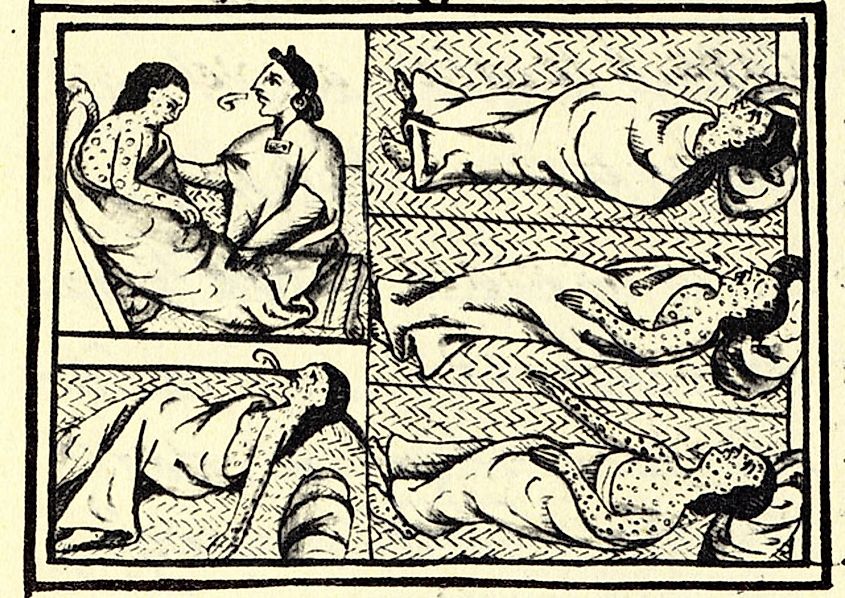
The Cocoliztli (meaning pestilence in the Nahuatl language) epidemic appeared in Mexico (then called New Spain) in the 16th century during European conquests. The mysterious illness, characterized by high fevers and unexplained bleeding, killed around 45% of the population. It was either caused by hemorrhagic fevers or salmonella.
The epidemics brought on by colonization, alongside war and famine during the time, contributed to the massive loss of population of the Indigenous peoples of the area. In addition, tree-ring evidence indicates that one of the worst droughts in history was occurring at the same time as the epidemic. The severe drought likely made access to clean drinking water difficult, put a strain on food resources, and impacted cooking and sanitation.
The Great Plague of London

The Great Plague of London, which occurred in 1665, was the last of the list of epidemics to hit London since 1449. London's population sat around 460,000 at the time, but the plague resulted in the deaths of between 75,000 to 100,000 people.
Though there were a number of quarantine measures implemented, the rising death toll of 8,000 people per week meant that there were too many dead and dying to prevent the spread. Many residents fled the city, leaving the impoverished behind. By February of 1666, the plague had run its course and London was rebuilt, along with new sewers and better sanitation systems.
The Philadelphia Yellow Fever Epidemic
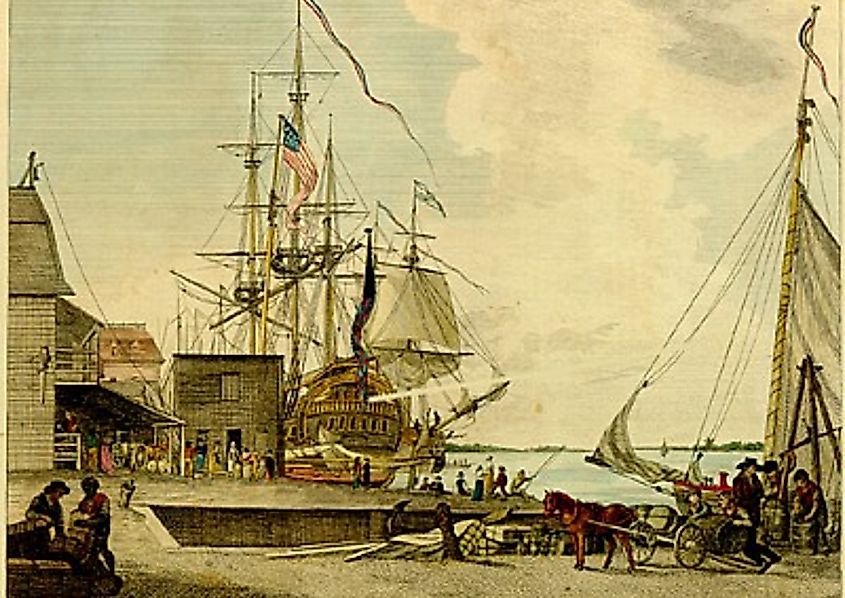
Known for bringing a yellow tinge to the skin and eyes, and causing internal bleeding, Yellow Fever made its way into Philadelphia in 1793. Though Yellow Fever spreads by mosquitoes, it was once believed to be miasmic, spreading through "bad or rotten air."
At the time, Philadelphia had a population of 45,000, and the disease quickly killed around 5,000 people. By October, 20,000 people left the city and they did not return until late November. By the end of November, a cold front killed the city's mosquito population and the disease slowed. At the time, doctors struggled to find effective treatment since they did not know the source (the cause was not discovered until the 19th century).
AIDS Epidemic
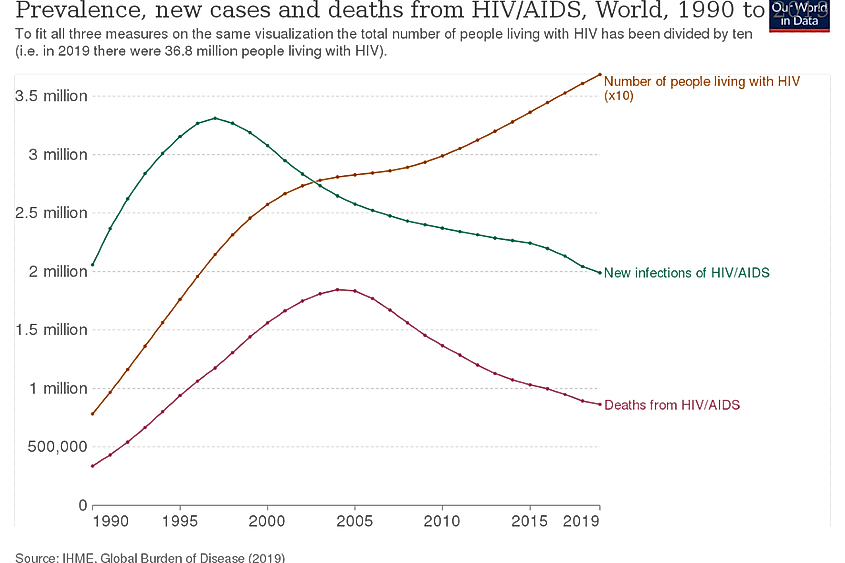
AIDS was first identified in the US in 1981, with the first cases noted amongst gay men and injection drug users. The CDC established the term for AIDS, Acquired Immune Deficiency Syndrome, in 1982. In 1992, it became the number one killer of men between the ages of 25 to 44.
Hysteria and a lack of understanding surrounding the disease led to acts of discrimination against many people living with HIV from the 1980s through 2000. AIDS activists throughout the US fought hard against quarantine rules, seeking more scientific research and evidence to save those suffering from the disease. Today, there are 38 million people worldwide living with HIV or AIDS. The number of infections is declining each year, with the proper methods of protection and treatments available.
West African Ebola Epidemic
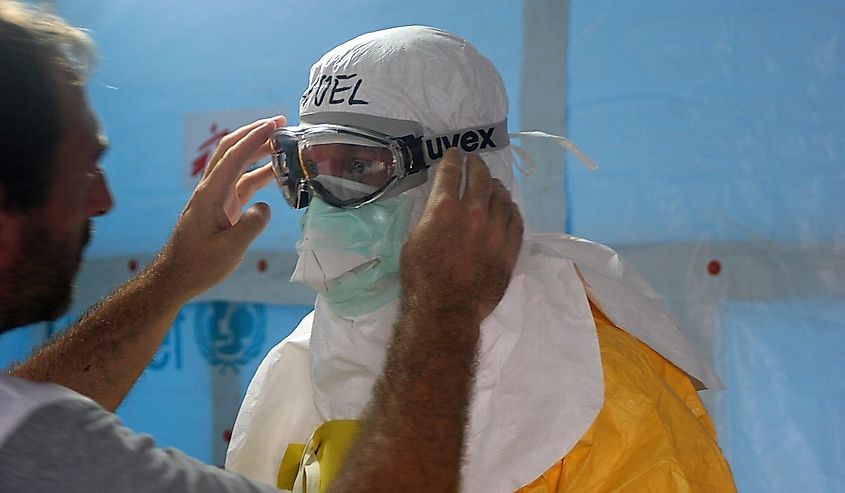
The West African Ebola Epidemic occurred in 2014, infecting over 28,000 people and killing 11,000. The initial case was in December of 2013 in an 18-month-old baby boy, who was likely infected by bats. Things quickly progressed from there and there was a medical alert released by the end of January 2014, but things had already gone too far.
Without a proper warning system in place, the virus quickly spread across the country. Unfortunately, burial practices that involved washing and touching bodies resulted in the further spread of the disease. Though there is no proven cure for the virus, early treatment of symptoms and rehydration through IV proved effective. In addition, quarantine and isolation of infected individuals slowed the spread, and by 2016, Africa was Ebola-free.
Zika Virus Epidemic
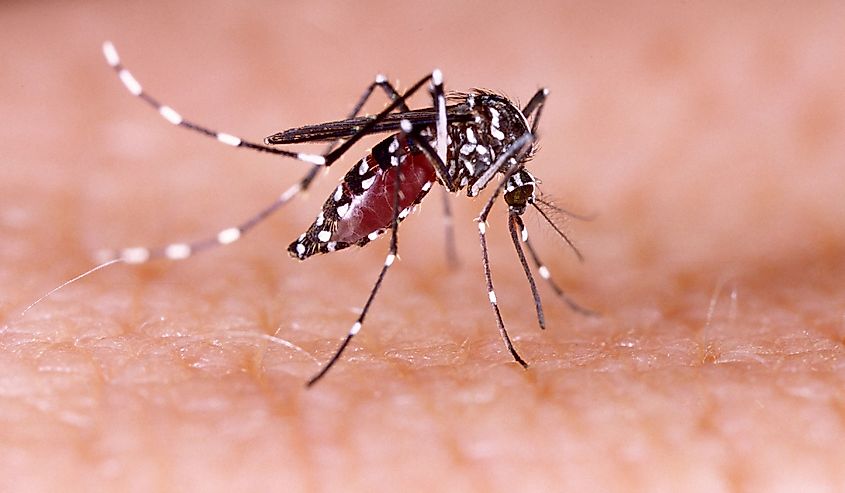
Though it was first identified as a rare and mild disease in Uganda in 1947, the Zika virus spread quickly and viciously through South America, Central America, and the Caribbean in 2016. The disease itself spreads through mosquitoes that live in tropical areas and has a mild effect on those infected.
However, the Zika virus can cause a birth defect that can cause anything from congenital abnormalities and developmental delays to fatal conditions. It can also cause Guillain-Barre syndrome in adults, which results in muscle weakness or paralysis. Since May 2019 there have been no active outbreaks of the Zika virus, though it is still advised that pregnant people or those considering pregnancy avoid travel to countries where the virus is.
Fighting Epidemics
Technological advances and vaccines allow the world to move forward and fight back, though there are many ways that diseases and epidemics change the lives of people everywhere. The epidemics of the past were tragic, but they also serve to show how far society has come in handling outbreaks and difficulties. Endemics are also a source of hope. With the right medicine and interventions, a pandemic can become endemic, meaning the virus is more contained than it once was, with less of a catastrophic effect on society. An example of this is the common flu, which is easily prevented and treated.
The 10 Worst Epidemics in History
| Rank | Epidemic | Period In History | Estimated Number of Deaths |
|---|---|---|---|
| 1 | Plague of Justinian | 541-542 | 100,000,000 |
| 2 | Black Plague | 1346-1350 | 50,000,000 |
| 3 | HIV/AIDS | 1960-present | 39,000,000 |
| 4 | 1918 Flu (Spanish Flu) | 1918-1920 | 20,000,000 |
| 5 | Modern Plague | 1894-1903 | 10,000,000 |
| 6 | Asian Flu | 1957-1958 | 2,000,000 |
| 7 | Sixth Cholera Pandemic | 1899-1923 | 1,500,000 |
| 8 | Russian Flu | 1889-1890 | 1,000,000 |
| 9 | Hong Kong Flu | 1968-1969 | 1,000,000 |
| 10 | Fifth Cholera Pandemic | 1881-1896 | 981,899 |











